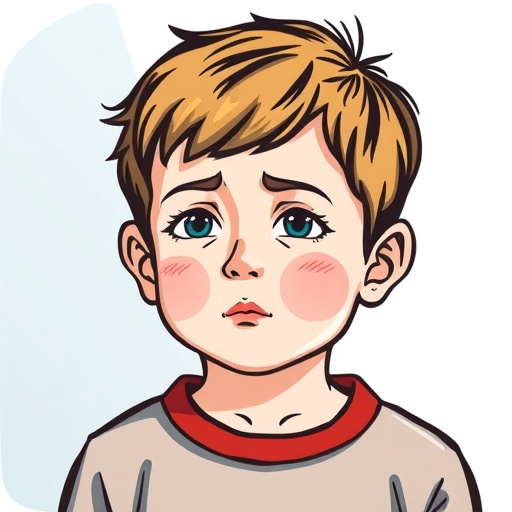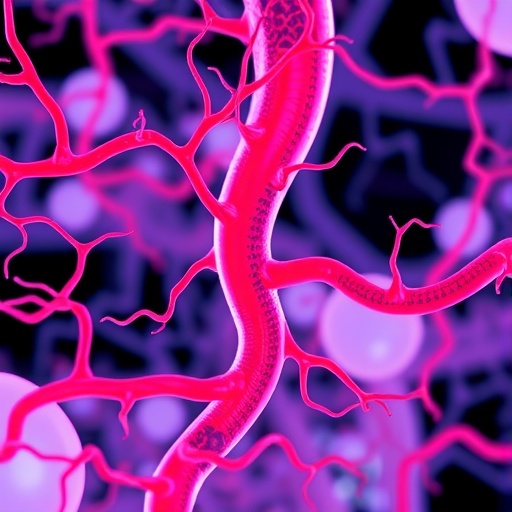
Credit: Children's National Health System
Children as young as 8 years old with incurable cancer can reliably characterize the impact an experimental therapy has on their symptoms and quality of life – even at the earliest stages of drug development – making self-reported patient outcomes a potential new clinical trial endpoint, according to a longitudinal validity study led by Children's National Health System researchers.
Cancer is the No. 1 disease-related cause of death in U.S. children aged 1 to 19, and roughly 25 percent of the 12,400 children newly diagnosed with cancer will die of their disease, the study authors write.
"When experimental cancer drugs are studied, researchers collect details about how these promising therapies affect children's organs, but rarely do they ask the children themselves about symptoms they feel or the side effects they experience," says Pamela S. Hinds, Ph.D., R.N., director of Nursing Research and Quality Outcomes at Children's National and lead author of study published June 5, 2017 in the journal Cancer. "Without this crucial information, the full impact of the experimental treatment on the pediatric patient is likely underreported and clinicians are hobbled in their ability to effectively manage side effects."
To demonstrate the feasibility of children self-reporting outcomes, Hinds and colleagues recruited children and adolescents aged 8 to 18 with incurable or refractory cancers who were enrolled in Phase 1 safety trials or Phase 2 efficacy trials at four cancer settings: Children's National, Seattle Children's Hospital, Children's Hospital of Philadelphia and Boston Children's Hospital. Using a validated instrument to measure symptoms, function and other aspects of quality of life reported by patients, as well as four open-ended interview questions, researchers were able to better understand what aspects of symptoms and quality of life were most important to patients at this point in their lives and cancer treatment.
Of the 20 study participants, most were male (60 percent), adolescents (65 percent) and white (70 percent). Thirteen (65 percent) had solid tumors. Patients could describe "a good day" as having fewer side effects from the experimental therapy and fewer interruptions to their lives. "Bad days" were marked by interruptions to their usual activities and missing out on spending time with family and friends due to being at the hospital. A few study participants suggested that researchers add questions related to being away from home, family and friends and the ripple effect of treatment on other family members.
"Only by measuring and understanding self-reported symptoms and function in children and adolescents with incurable cancer can we adequately address threats to their quality of life and improve symptom control and supportive care," Hinds and co-authors conclude. "By giving children a voice in the process, clinicians will be able to better anticipate and manage symptoms and thereby improve life for patients and their families."
###
Media Contact
Diedtra Henderson
[email protected]
443-610-9826
http://www.childrensnational.org/
Related Journal Article
http://dx.doi.org/10.1002/cncr.30782
############
Story Source: Materials provided by Scienmag




